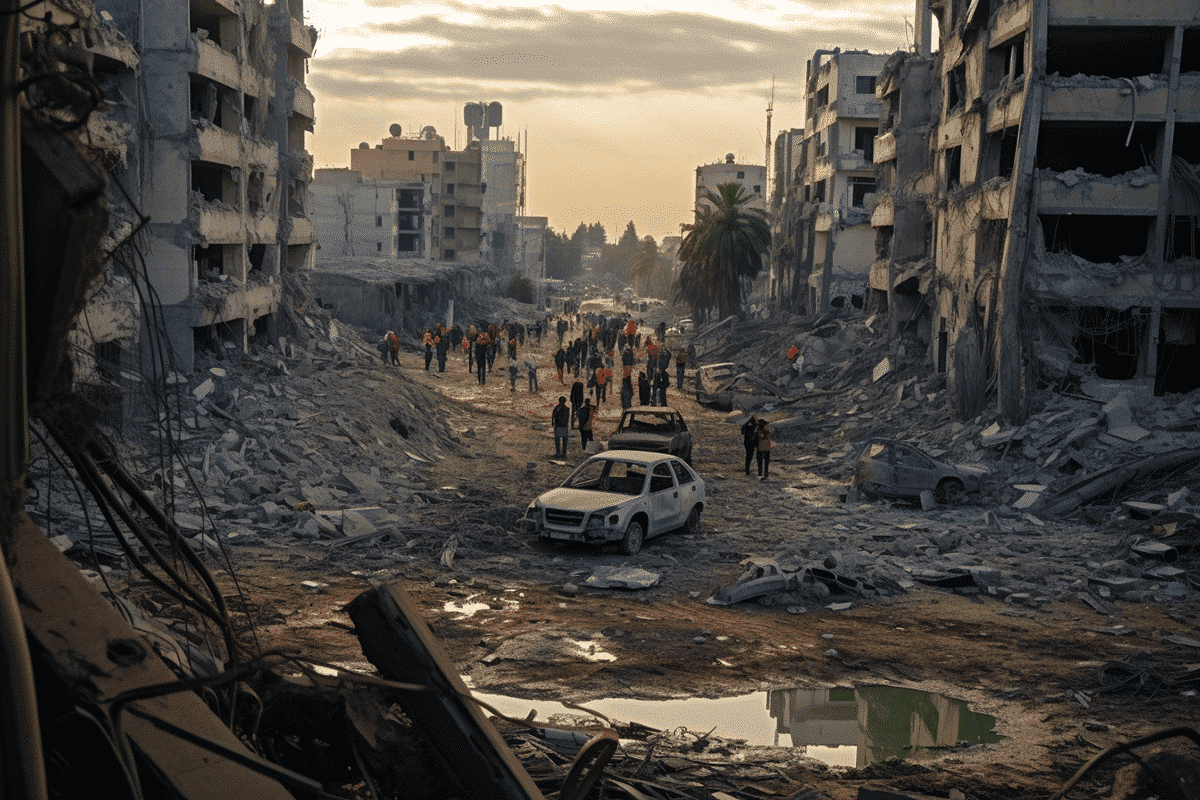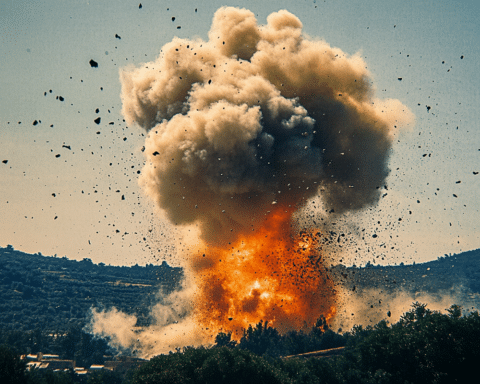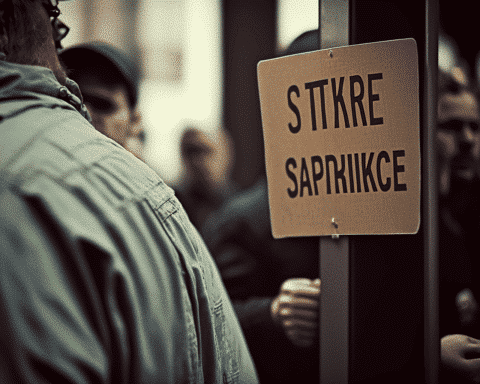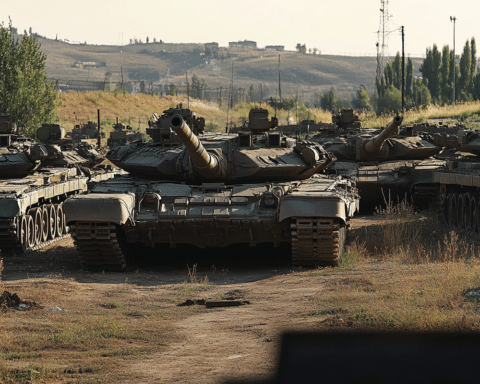The Israeli-Palestinian conflict has escalated to new heights in Gaza, with Israeli forces engaging in fierce battles against Palestinian militants. The heart of the conflict lies in Gaza’s densely populated cities, where civilians find themselves trapped in the crossfire. Despite mass evacuations, the war, sparked by Hamas’ surprise attack on Israel on October 7, has led to widespread destruction and displacement. The U.S. continues to extend diplomatic and military support to Israel, emphasizing the need to minimize civilian casualties. At the same time, the reality on the ground paints a harrowing picture of human suffering and infrastructural devastation.
In Gaza’s southern city of Khan Younis and the northern Jabaliya refugee camp, relentless battles rage, turning once-bustling urban areas into rubble. The Israeli offensive has extended to central Gaza, with airstrikes devastating residential areas. Ahmed al-Qarah, witnessing the aftermath of such an airstrike, lamented, “The rest are under the building,” indicating the grim reality of casualties.
The conflict has not only caused physical destruction but also immense psychological trauma. Radwa Abu Frayeh from Khan Younis recounts the terror of nearby Israeli strikes, “We thought it was the end and we would die.” A displaced resident, Hussein al-Sayyed, echoes this sentiment of fear and uncertainty, “No place is safe.”
The Palestinian toll is not limited to immediate casualties. With restricted aid, Gaza faces acute shortages of essentials, raising fears of permanent displacement. U.N. Secretary-General Antonio Guterres warned of a potential breakdown in public order and the risk of epidemics. Eylon Levy, an Israeli government spokesman, refutes claims of intentional mass displacement, but the possibility has raised regional concerns.
Palestinians in other regions, including Lebanon and the West Bank, have shown solidarity through strikes, demanding a cease-fire. However, the U.S. vetoed a proposed U.N. Security Council resolution for a cease-fire.
Israel maintains that its military efforts aim to minimize civilian harm, attributing casualties to Hamas’ tactics of using densely populated areas for military purposes. Despite this, the southern regions of Gaza, deemed safer by Israel, have not been spared from strikes and suffer from overcrowded and unsanitary conditions.
The death toll in Gaza exceeds 17,900, predominantly civilians, while the Israeli side has lost around 1,300 people, mainly during the initial attack by Hamas and other militants. The conflict, entering its third month, shows no signs of abating, leaving the international community grappling with the humanitarian crisis and the quest for a durable resolution.
As the war in Gaza continues, it becomes increasingly clear that the cost of this conflict extends far beyond the battlefield. The pervasive destruction, loss of life, and displacement point to a more profound crisis of human suffering and regional instability. Amidst international calls for peace and humanitarian relief, the plight of the trapped civilians and the uncertain future of Gaza remain at the forefront of this enduring tragedy.




